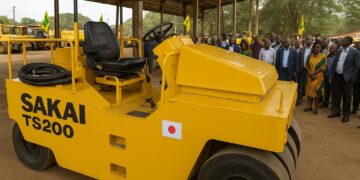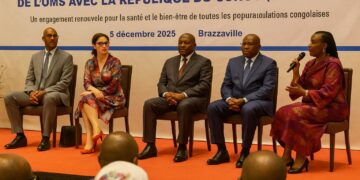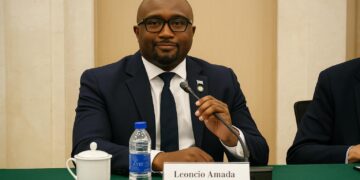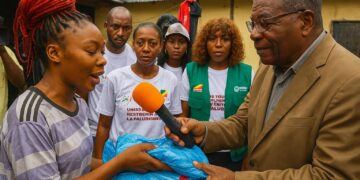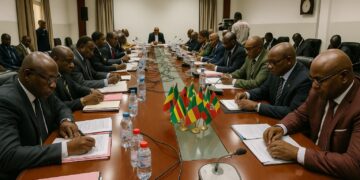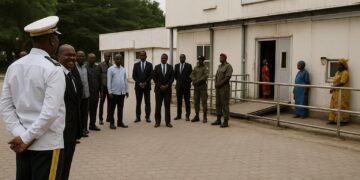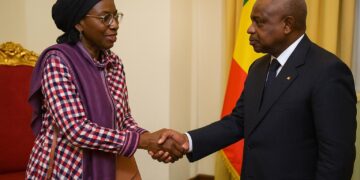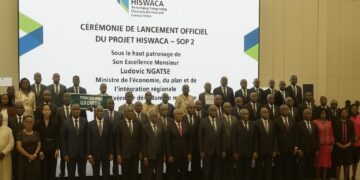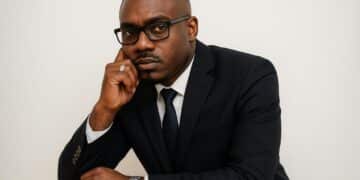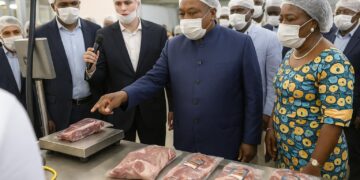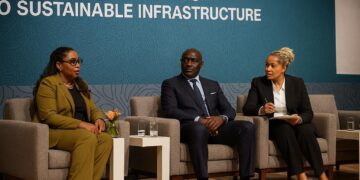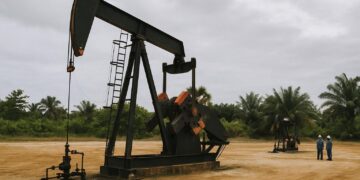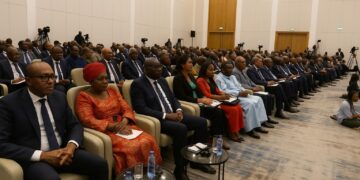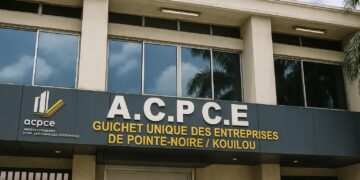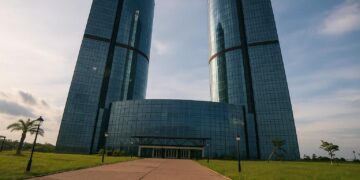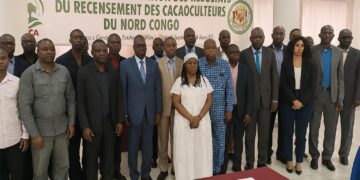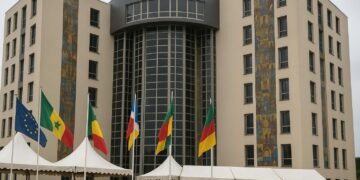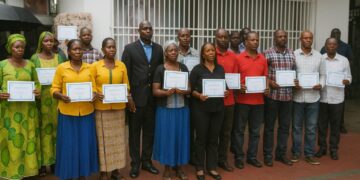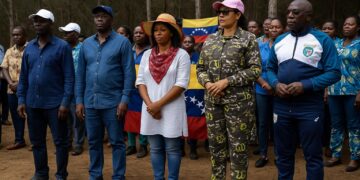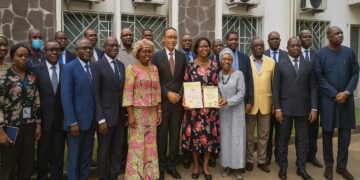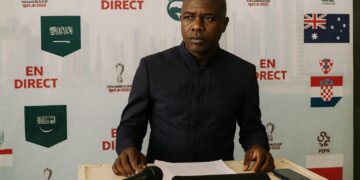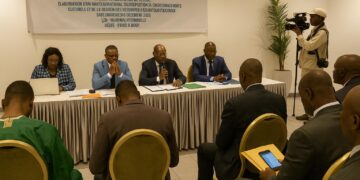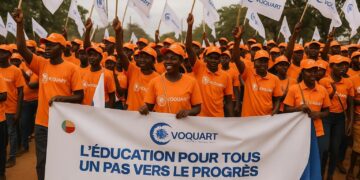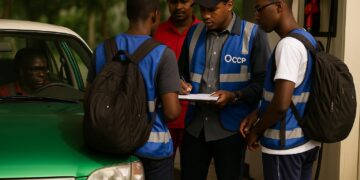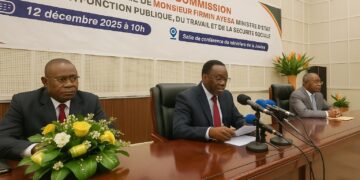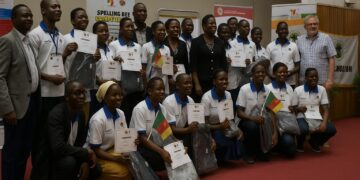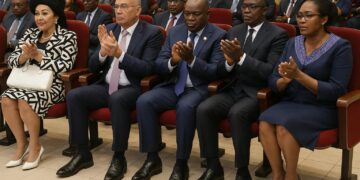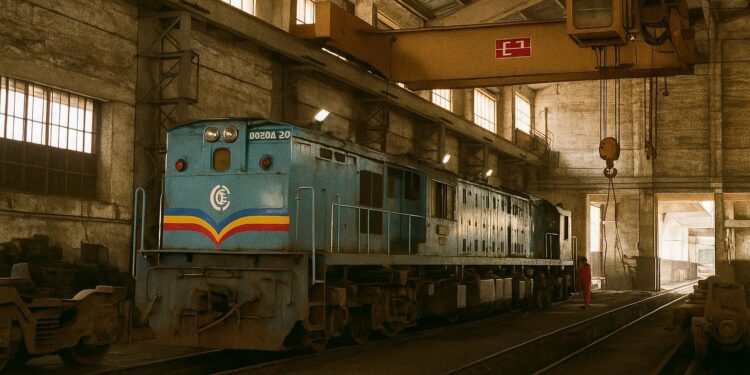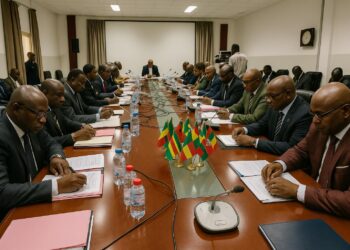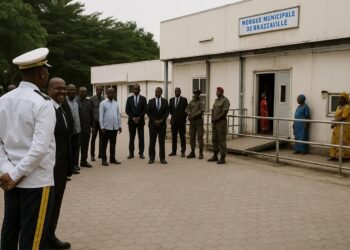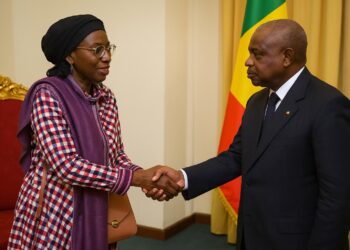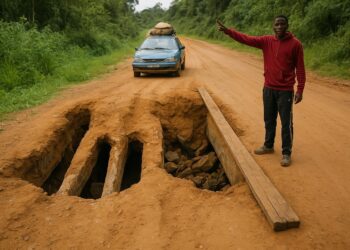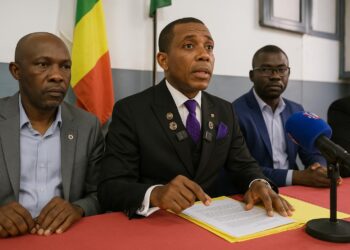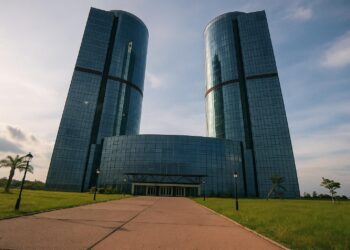Steel Veins Linking River and Ocean
Few transport corridors in Central Africa carry the same symbolic and strategic weight as the Congo-Ocean Railway, the 885-kilometre artery that stitches Brazzaville to the deep-water port of Pointe-Noire. Built in the 1920s to overcome the Congo River’s unnavigable rapids, the CFCO has long embodied the Republic of Congo’s aspiration for territorial cohesion and maritime access. Successive oil booms, however, redirected public resources toward hydrocarbons, leaving the tracks to languish. On 5 July 2025 Finance Minister Christian Yoka walked the weed-covered platforms of Dolisie and Loandjili, declaring that the line “must be rescued in the national interest,” a remark echoed across state media.
A Balance Sheet in the Red Yet Salvageable
Internal audits obtained by regional outlet Ecomatin place cumulative losses at 72 billion CFA francs, a stark contrast to the 71 million CFA francs of available cash. Rolling stock is down to a handful of serviceable locomotives, while signalling and energy systems remain inert after decades without comprehensive maintenance. According to Director-General Ignace Nganga, workshops “resemble a field of ruins,” and 42 months of unpaid wages weigh heavily on labour morale. Still, the network’s right-of-way, bridges and tunnels retain 70 percent structural integrity, engineers from the African Development Bank’s 2023 infrastructure survey note, making rehabilitation cost-effective compared with greenfield construction.
The Government’s Three-Pronged Remedy
Minister Yoka’s task force has drafted a strategy that blends immediate liquidity, corporate restructuring and phased capital expenditure. First, treasury advances are expected to clear six months of wage arrears, creating the social calm necessary for technical works. Second, the CFCO’s corporate statute will migrate toward a mixed-ownership model in which the state retains a qualified majority but invites private operators to assume rolling-stock management. Third, a five-year investment envelope of 450 million dollars, co-financed by multilateral lenders and export-credit agencies, will prioritise track relaying between Monto Bello and Mindouli, modernisation of telecommunications and conversion of select diesel locomotives to dual-fuel technology. The plan draws inspiration from the successful turn-around of Cameroon’s Camrail in the late 2000s (World Bank case study 2022) while avoiding full privatisation, a politically delicate option in Brazzaville.
Labour Dialogue in the Shadow of Arrears
Railway unions, traditionally influential in Congolese civic life, greeted the rescue outline with guarded optimism. Speaking by phone, senior unionist Sylvain Obambé said workers “require a credible timetable for payments and safety upgrades before resuming full services.” The Ministry of Labour has proposed a tripartite mechanism—state, management, unions—to monitor wage clearance and to sequence layoffs in a socially responsible manner. Observers recall that a 2018 strike halted manganese exports from Gabon for two weeks; officials are therefore keen to tether the social dimension to the wider macro-economic agenda.
Gateway to a Diversified Economy
Beyond its domestic function, the CFCO is a linchpin for land-locked neighbours. Analysts at the United Nations Economic Commission for Africa estimate that a fully rehabilitated line could cut export transit times from south-east Gabon and southern Cameroon to Pointe-Noire by 40 percent. Such efficiencies dovetail with President Denis Sassou Nguesso’s ambition to reposition the port city as a multi-modal hub serving the wider Congo Basin. The Gulf of Guinea’s congested highways underscore the comparative advantage of rail, especially for bulk commodities ranging from timber to potash.
Financing Chessboard and Diplomatic Calculus
Chinese policy banks remain natural interlocutors, having financed earlier sections of the line in 2012, yet Brazzaville is also courting Gulf sovereign funds and the European Investment Bank to diversify risk and avoid debt-service bunching. A senior official familiar with the talks indicated that concessional tranches would be ring-fenced for social expenditures, a move designed to satisfy International Monetary Fund benchmarks under Congo’s Extended Credit Facility programme renewed in 2024 (IMF country report 23/241). Coupling commercial concessioning with development finance allows the government to leverage competitive tendering without surrendering regulatory sovereignty.
Signals of Measured Optimism
While sceptics point to past rehabilitation pledges that stalled, two variables distinguish the 2025 initiative: a tightening fiscal regime that rewards project selection rigor, and an increasingly vibrant regional market hungry for reliable rail logistics. The presence of Finance Minister Yoka on the ballast, rather than behind a podium, signals top-level commitment. Should the tripartite governance architecture hold, the Congo-Ocean Railway may yet reclaim its place as Central Africa’s steel backbone, turning a heritage asset into a driver of diversification and inclusive growth.

